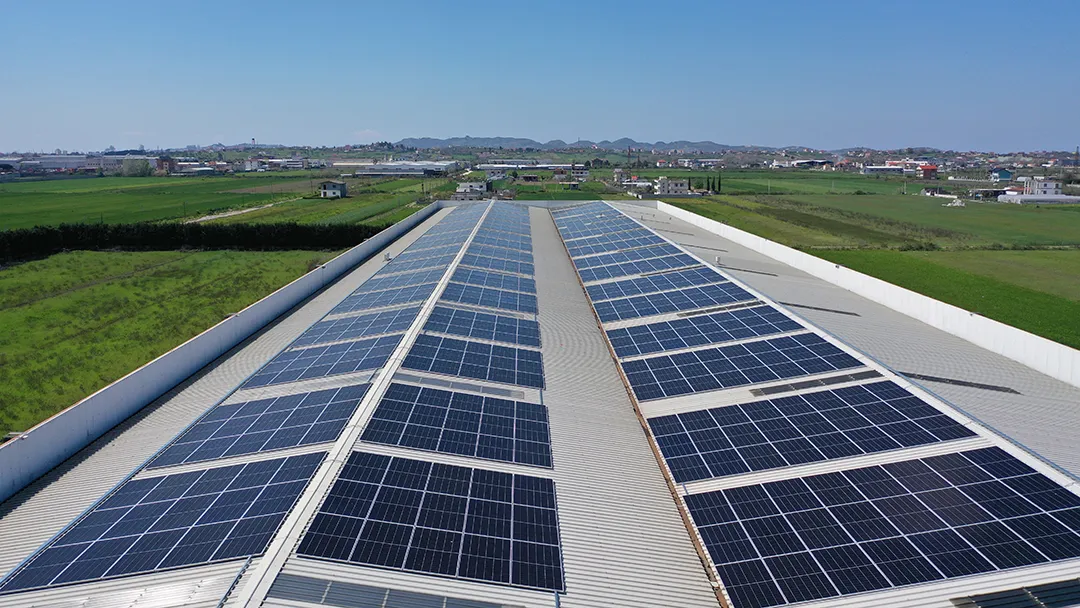
How to calculate the savings from switching to solar energy
Switching to solar energy is not just an environmentally conscious decision—it’s also a financially rewarding one. Understanding the savings you can achieve by transitioning to solar can help you make an informed decision about investing in this renewable energy source. Here’s a step-by-step guide to calculating your potential savings:
1. Assess Your Current Electricity Costs
Start by reviewing your current electricity bills. Identify the average monthly and yearly costs for your energy consumption. Keep in mind that energy rates often increase over time, which makes solar energy an even more attractive option in the long run.
2. Estimate Your Solar Energy Production
The amount of energy your solar panels will produce depends on factors like:
- Your location: Areas with more sunlight hours generate more solar power.
- Panel efficiency: Modern solar panels are highly efficient and can convert a larger percentage of sunlight into usable energy.
- System size: Larger systems produce more energy, meeting a greater portion of your needs.
Use online calculators or consult with a solar provider to estimate your annual solar energy production.
3. Calculate Energy Offset
Determine how much of your electricity needs will be covered by your solar system. Most residential solar systems can offset 70-100% of energy usage, depending on system size and household consumption patterns.
4. Factor in Upfront Costs and Incentives
The upfront cost of installing a solar energy system includes:
- Solar panels
- Inverters
- Installation labor
- Permits and fees
However, these costs can be significantly reduced by:
- Government incentives: Tax credits, rebates, and grants can offset installation costs.
- Net metering programs: Many utilities offer credits for excess energy your solar system sends to the grid.
5. Calculate Payback Period
The payback period is the time it takes for your solar savings to cover the upfront installation costs. To calculate it:
- Subtract any incentives and rebates from the total installation cost.
- Divide this net cost by your annual electricity savings.
For example, if your net installation cost is $10,000 and your yearly savings are $1,500, your payback period would be approximately 6.7 years.
6. Account for Long-Term Savings
Solar panels typically last 25 years or more. After the payback period, your energy savings translate directly into financial gains. To calculate your total savings over the system’s lifespan:
- Multiply your annual savings by 25.
- Subtract maintenance costs (if any).
For instance, if your yearly savings are $1,500, your total savings over 25 years would be $37,500.
7. Consider Rising Energy Costs
Electricity prices tend to increase over time, often by 2-5% annually. By switching to solar, you shield yourself from these rising costs. Incorporate these projected increases into your savings calculations for a more accurate picture.
8. Evaluate Environmental and Non-Monetary Benefits
While financial savings are important, don’t overlook the environmental and lifestyle benefits:
- Reduced carbon footprint
- Increased property value
- Energy independence
These factors may not have a direct monetary value but significantly enhance the appeal of solar energy.
Conclusion
Calculating the savings from switching to solar energy involves understanding your energy consumption, the costs of installation, and the benefits of incentives and long-term energy offset. By carefully analyzing these factors, you can see how solar energy is a smart investment that pays off financially and environmentally.
Take the first step toward energy savings and sustainability today by exploring solar options tailored to your needs!





Leave a comment
You must be logged in to post a comment.